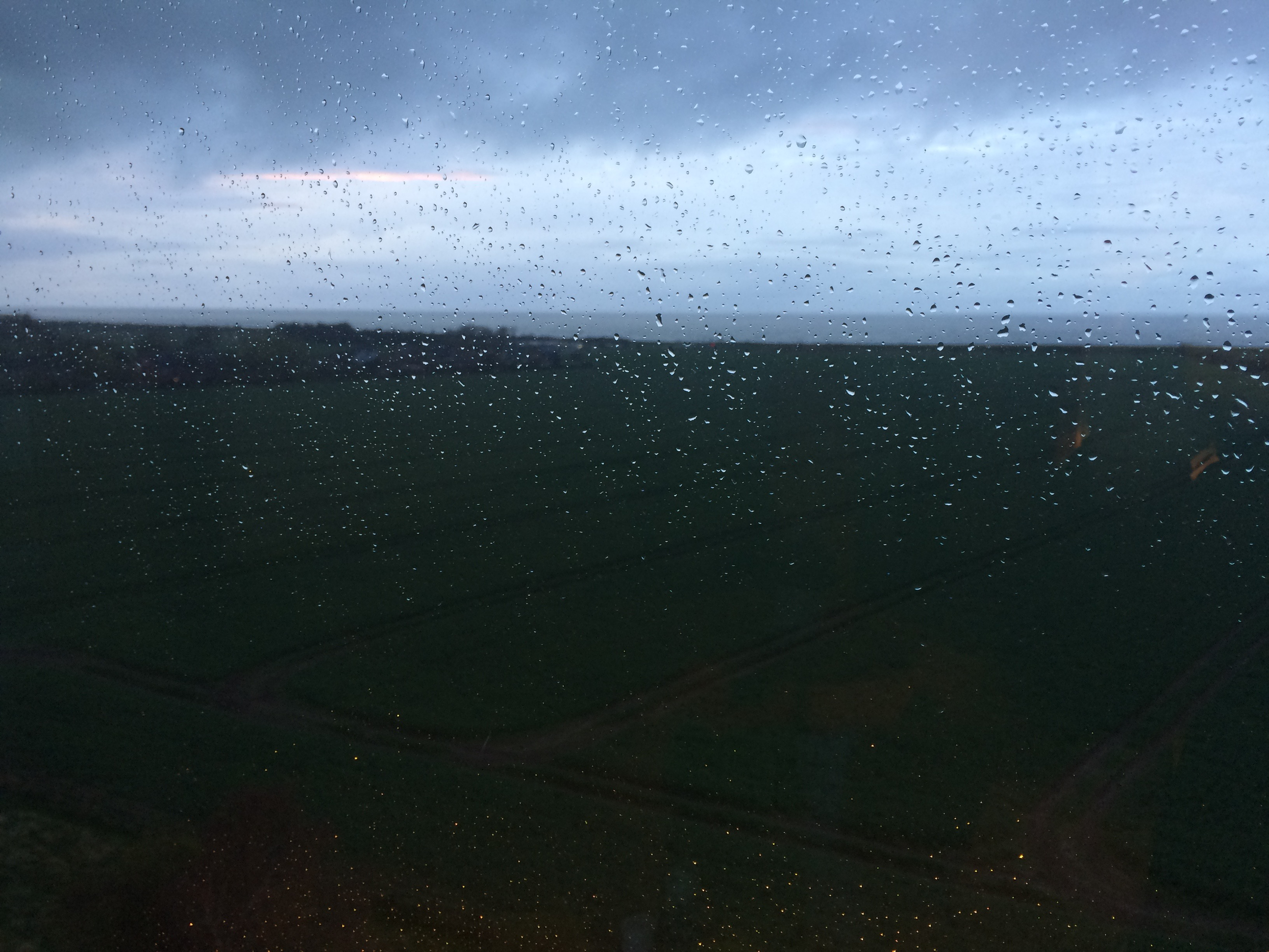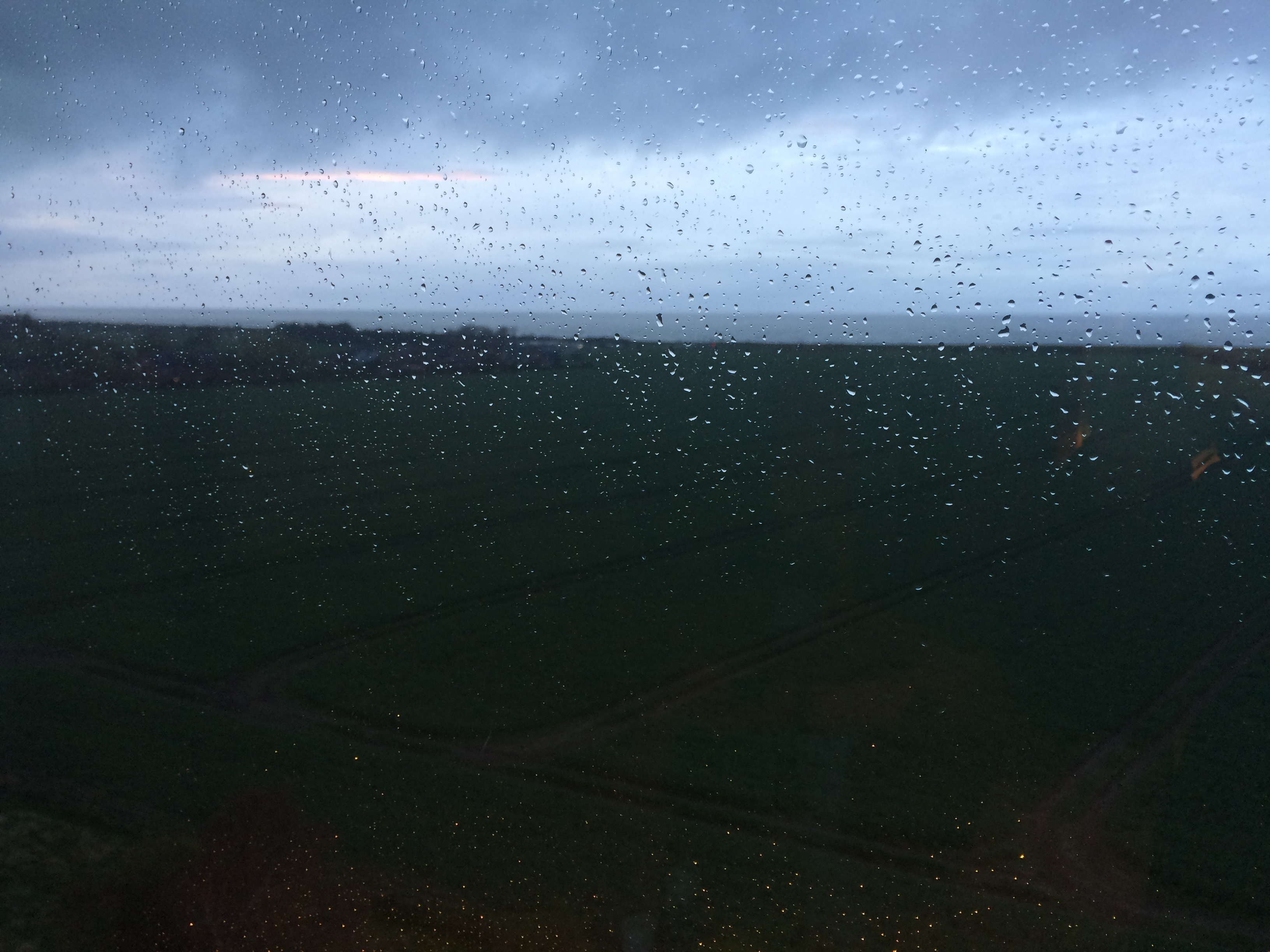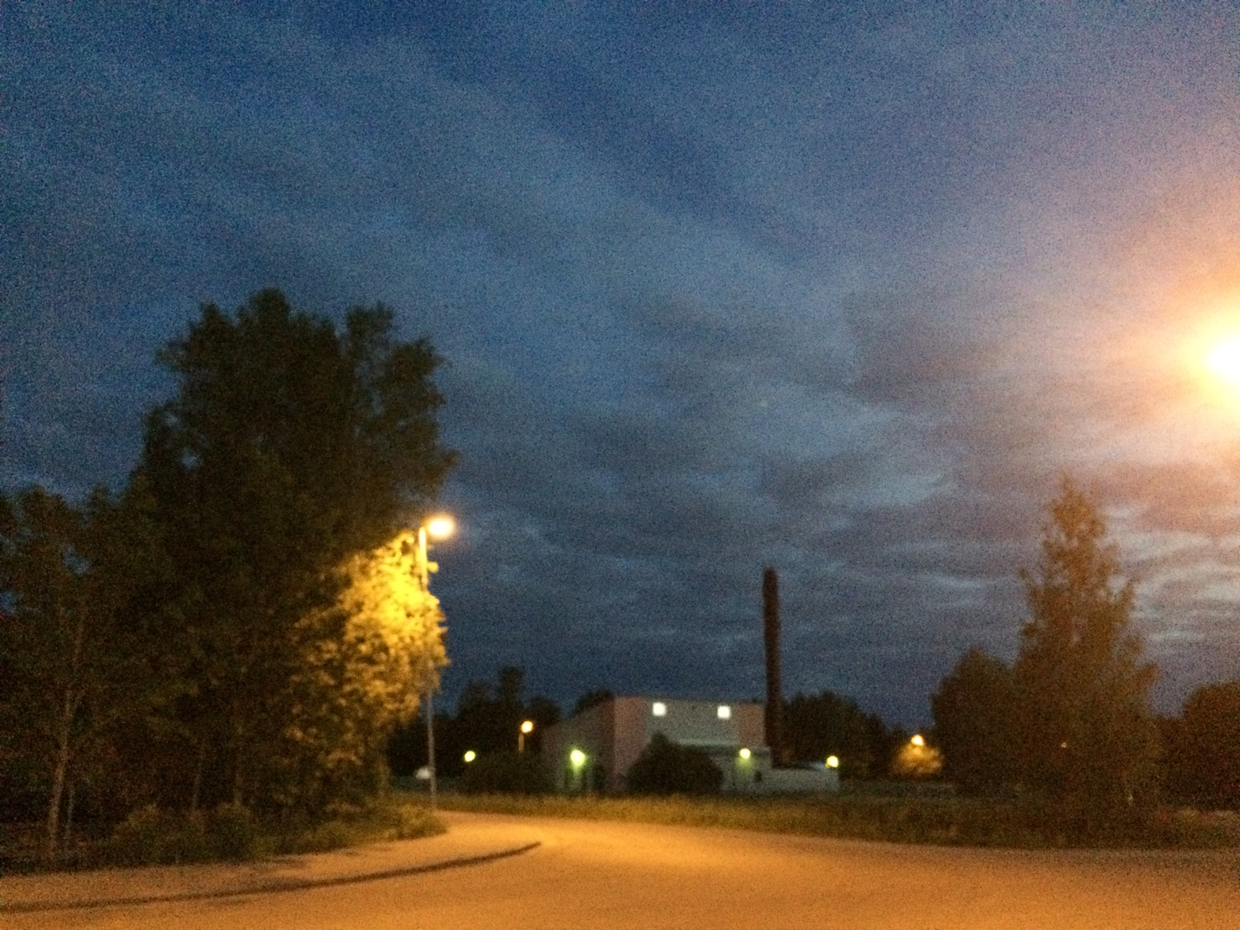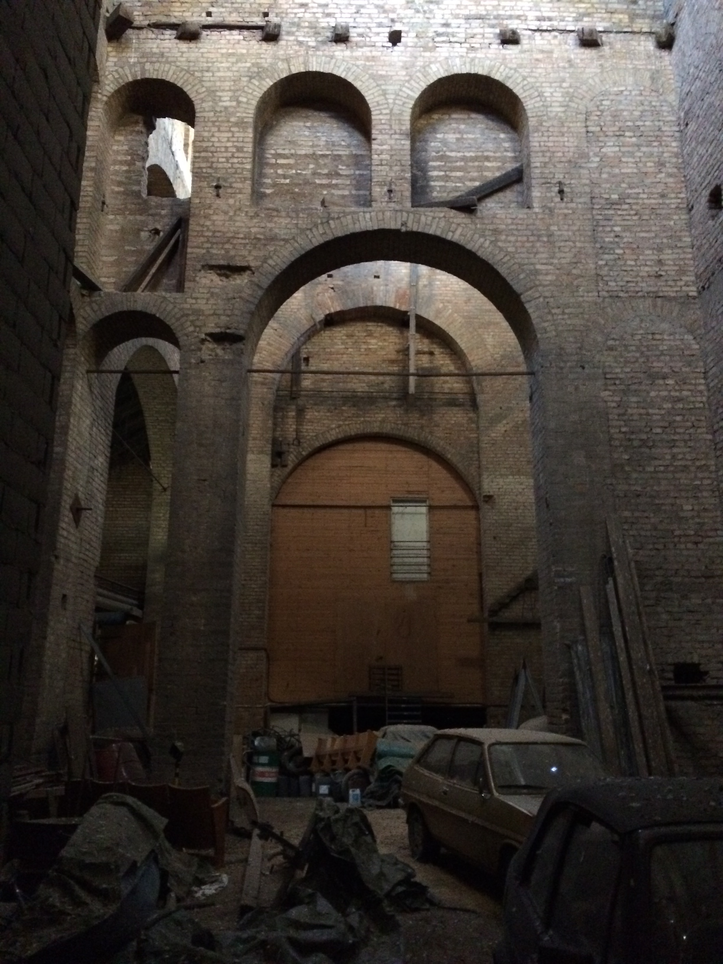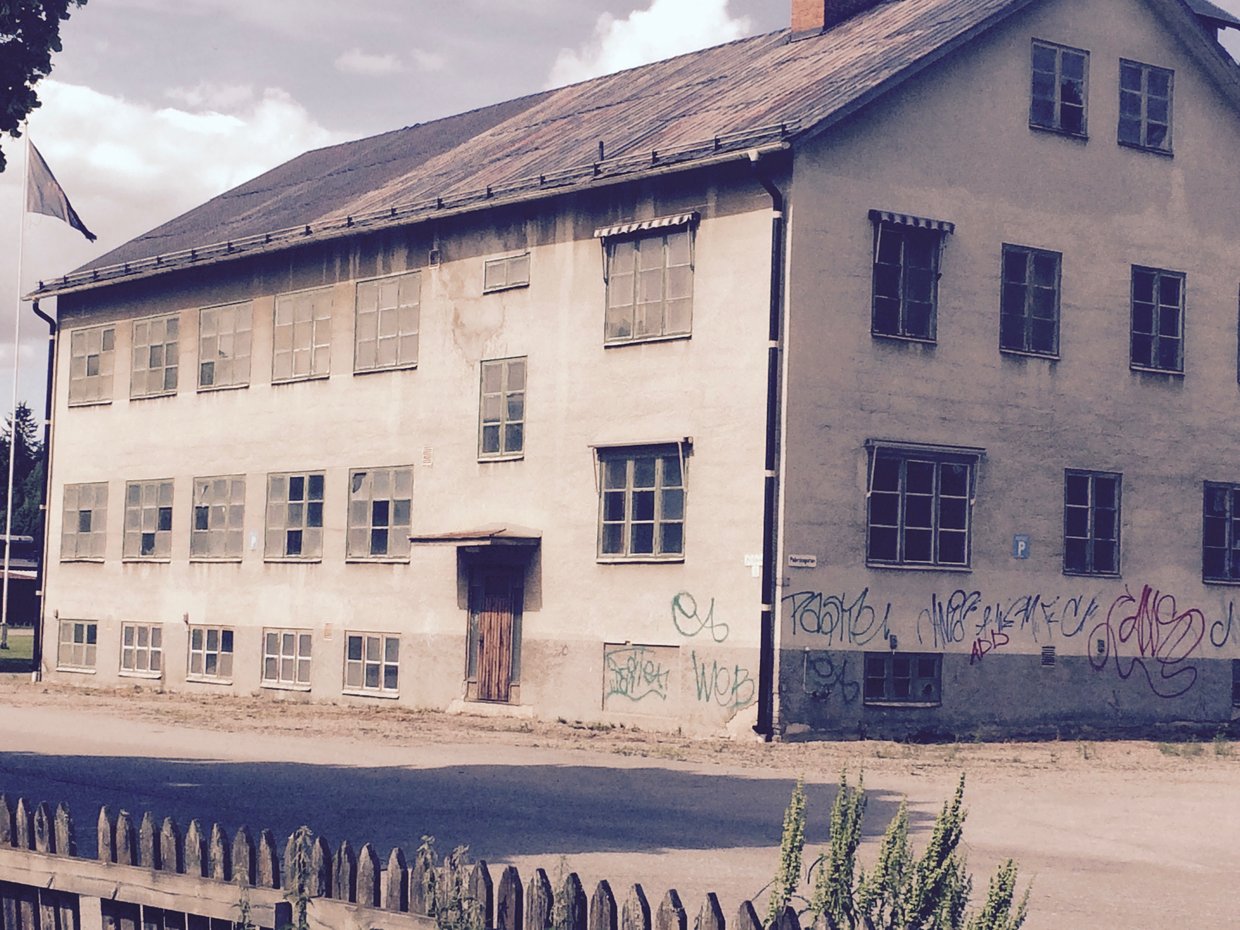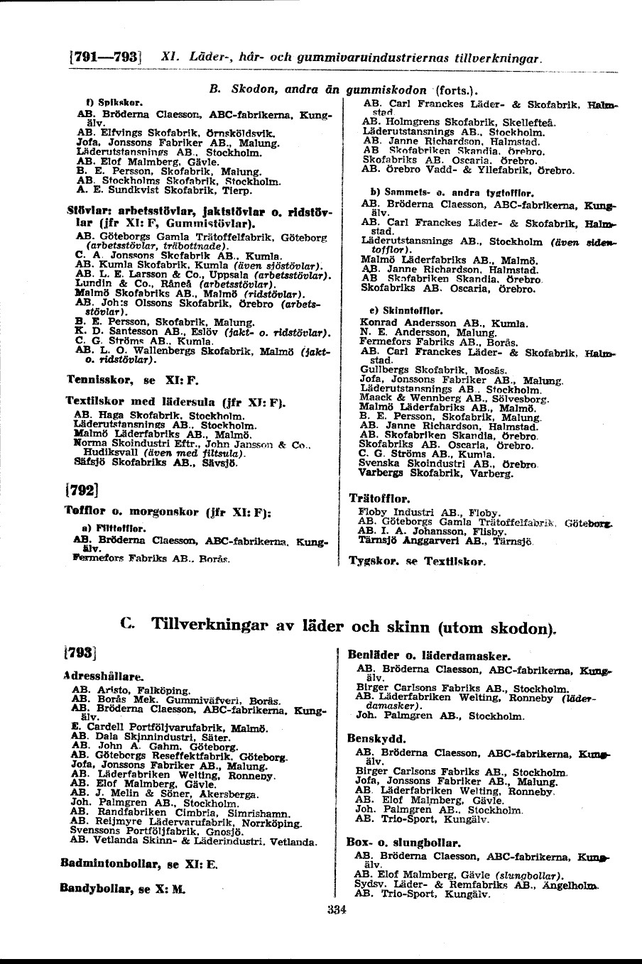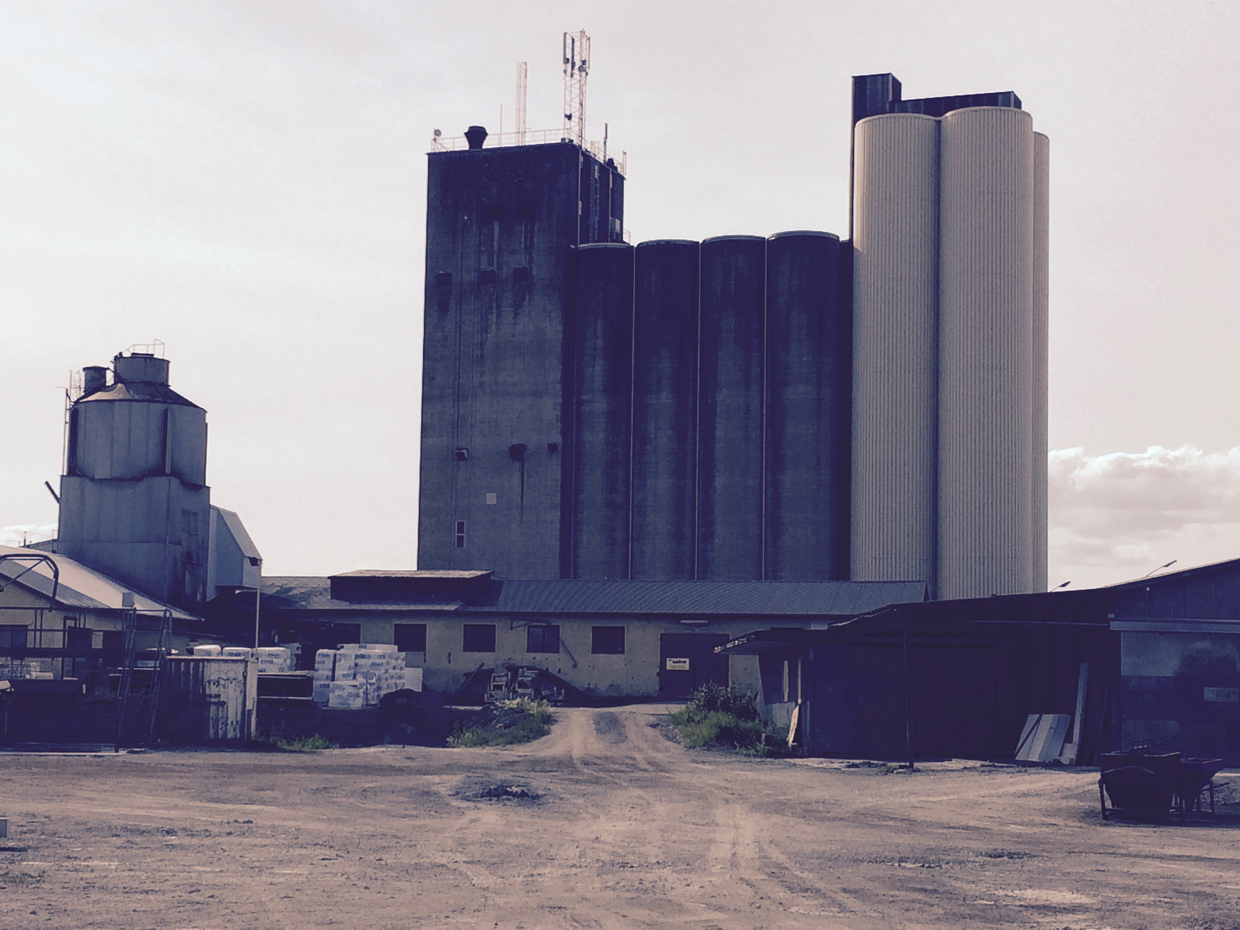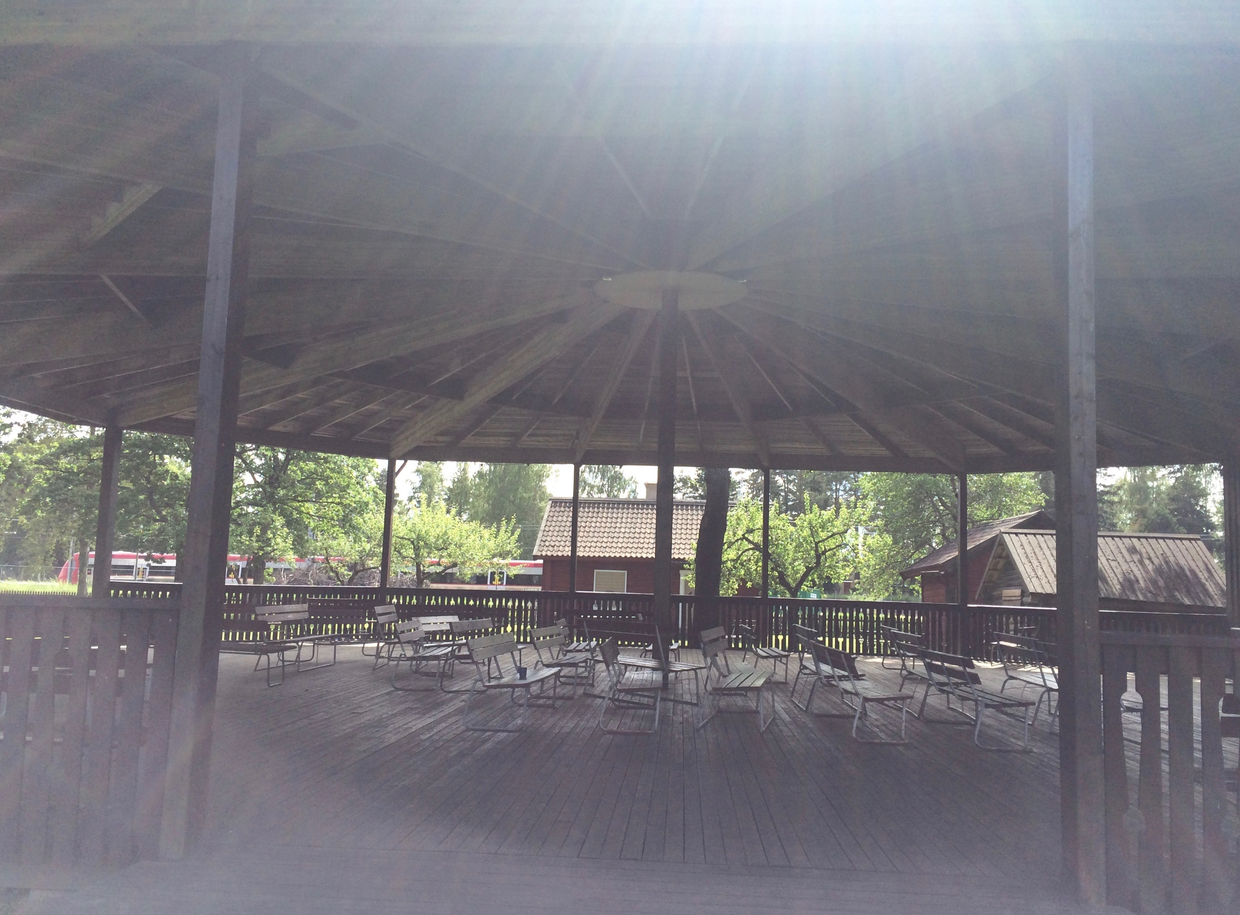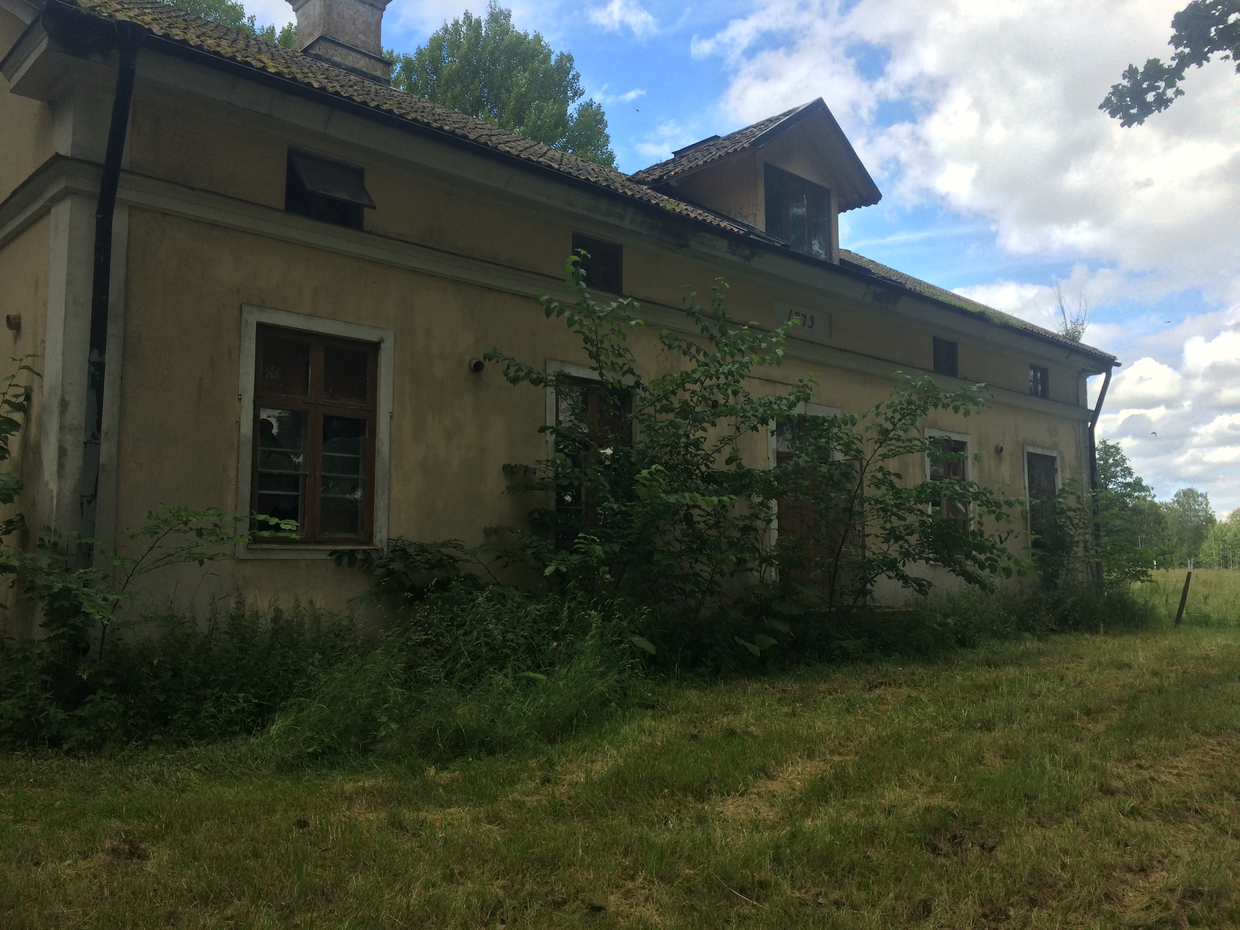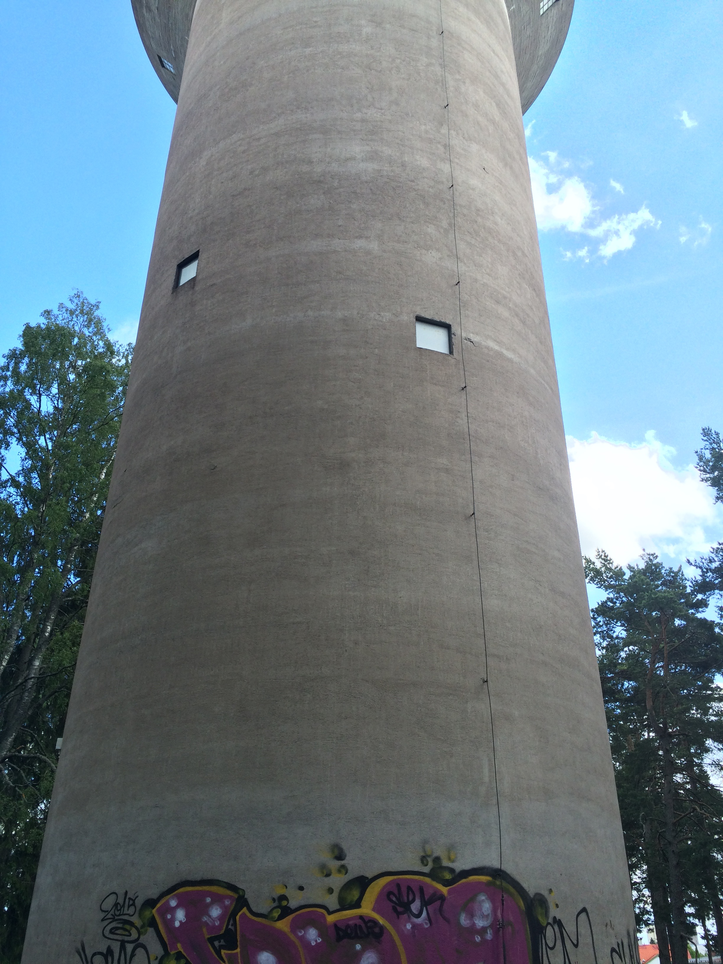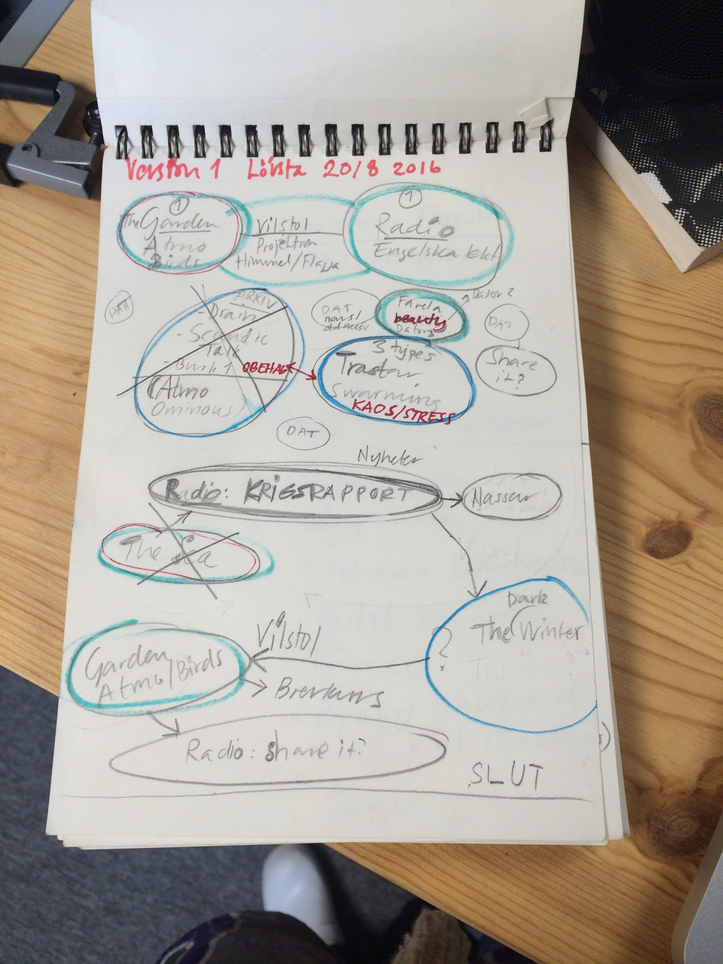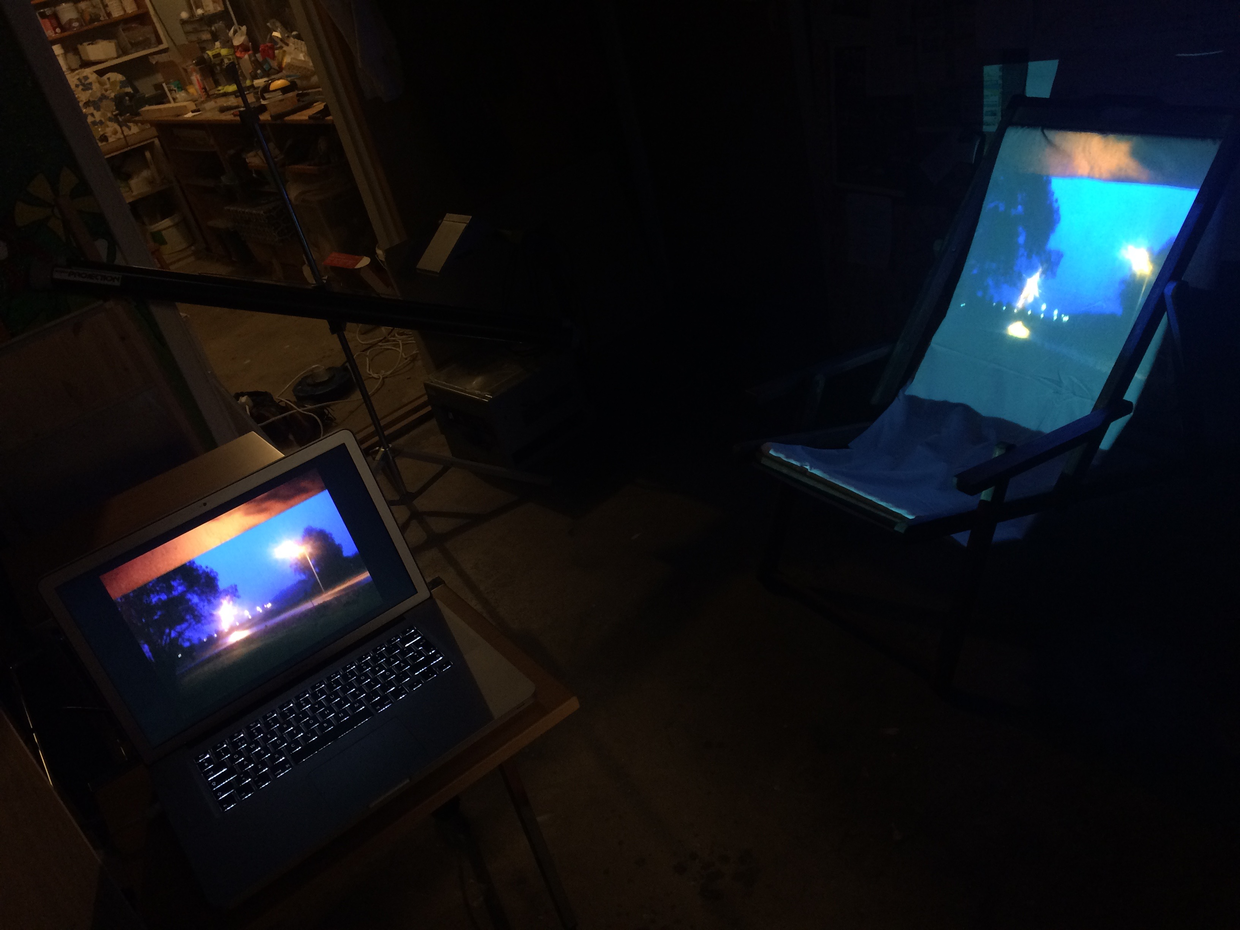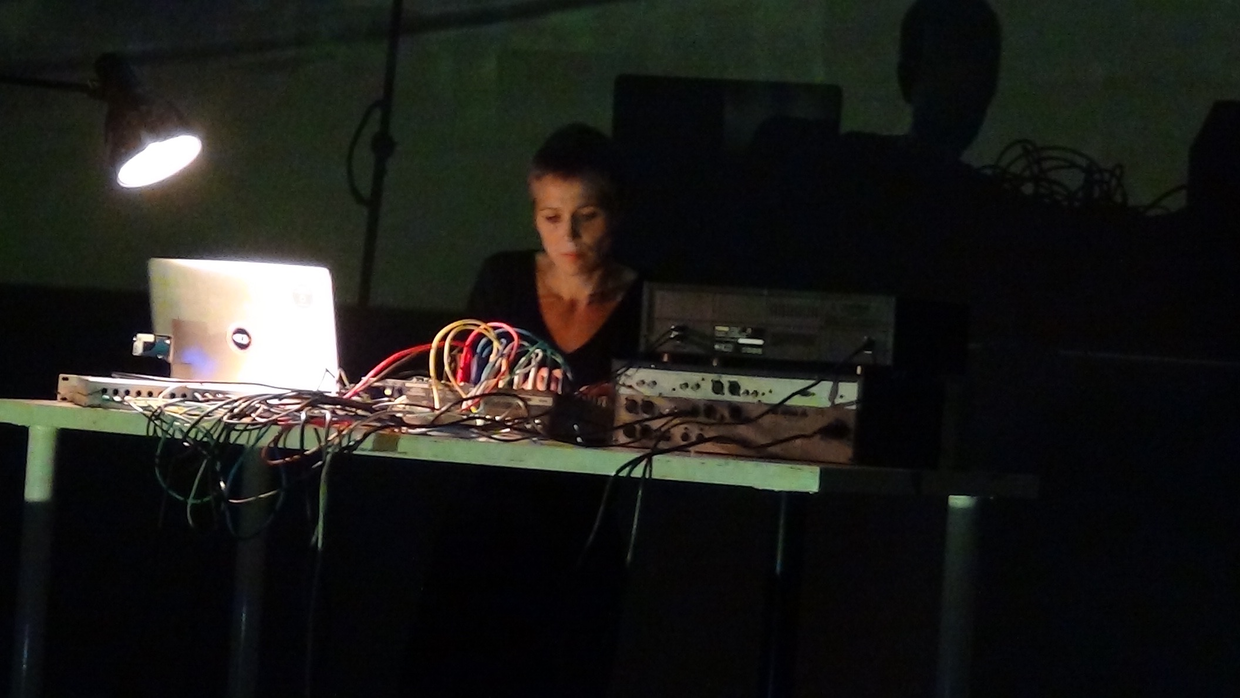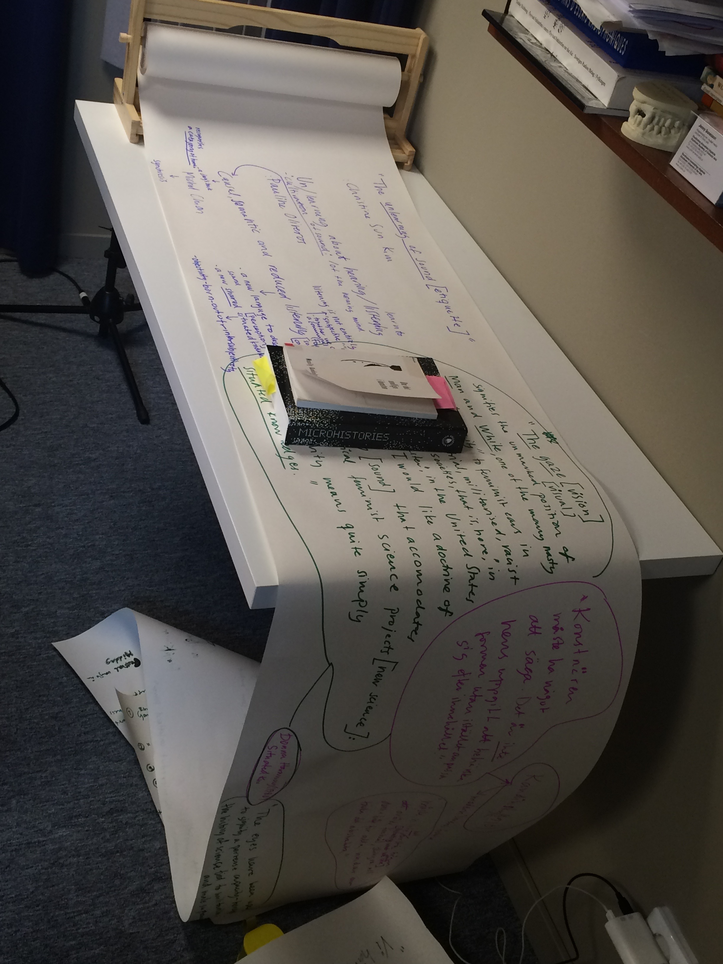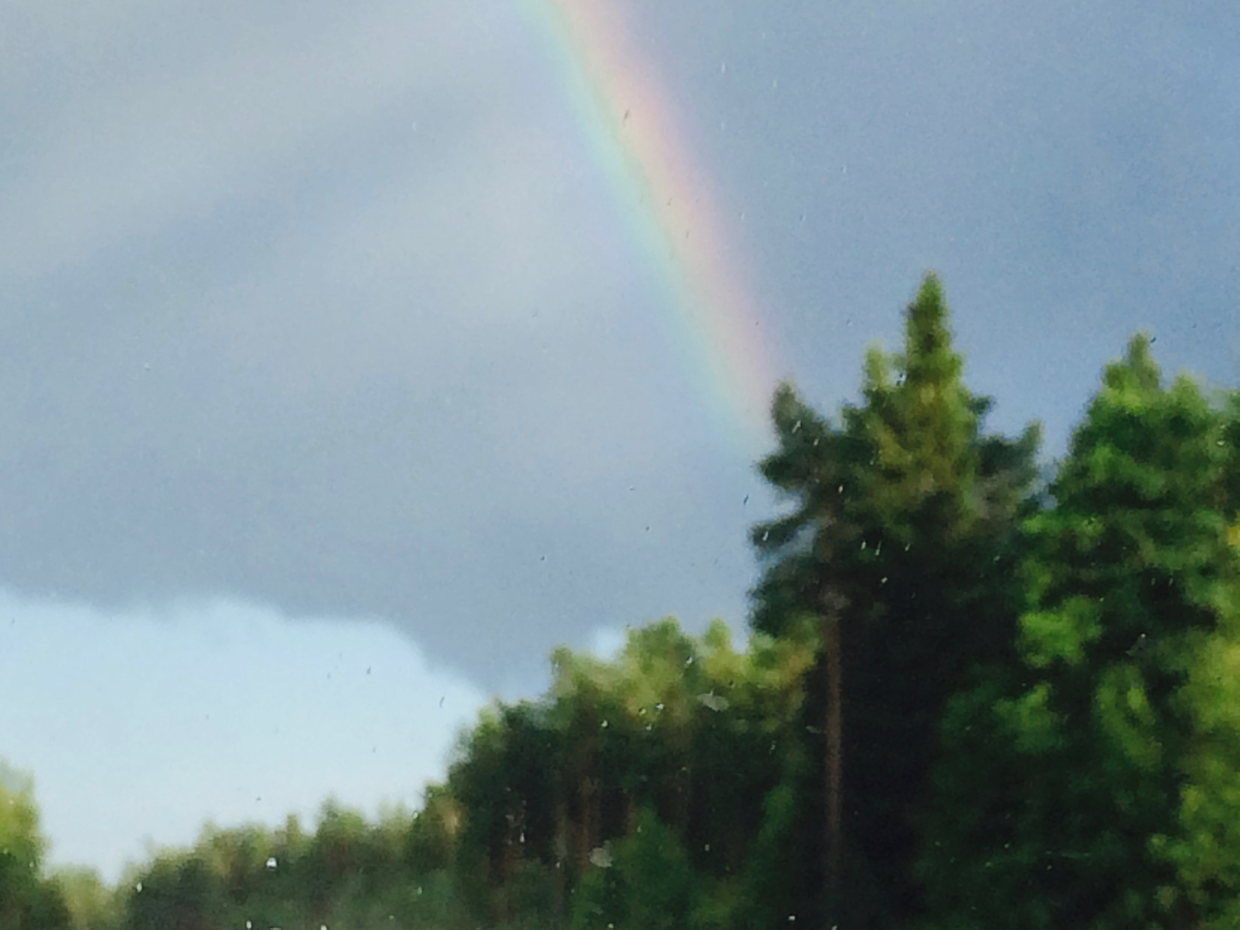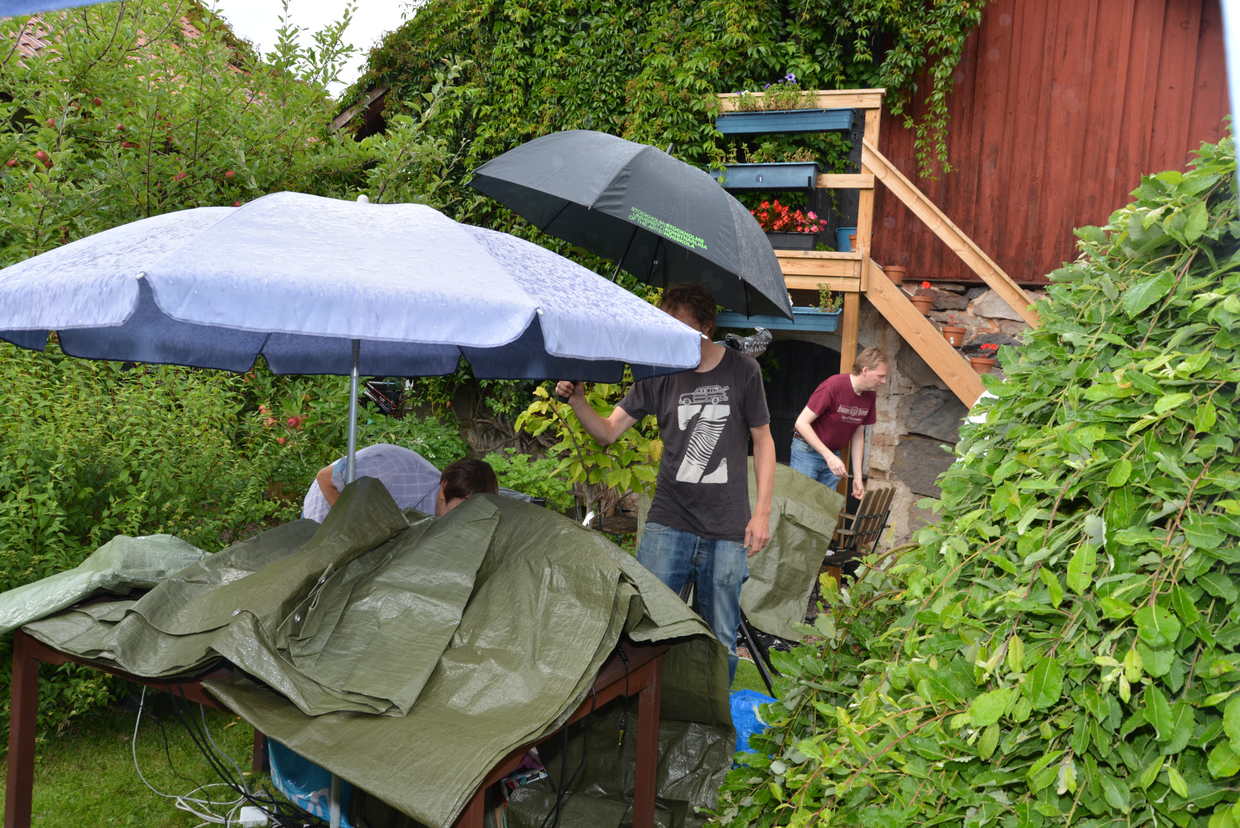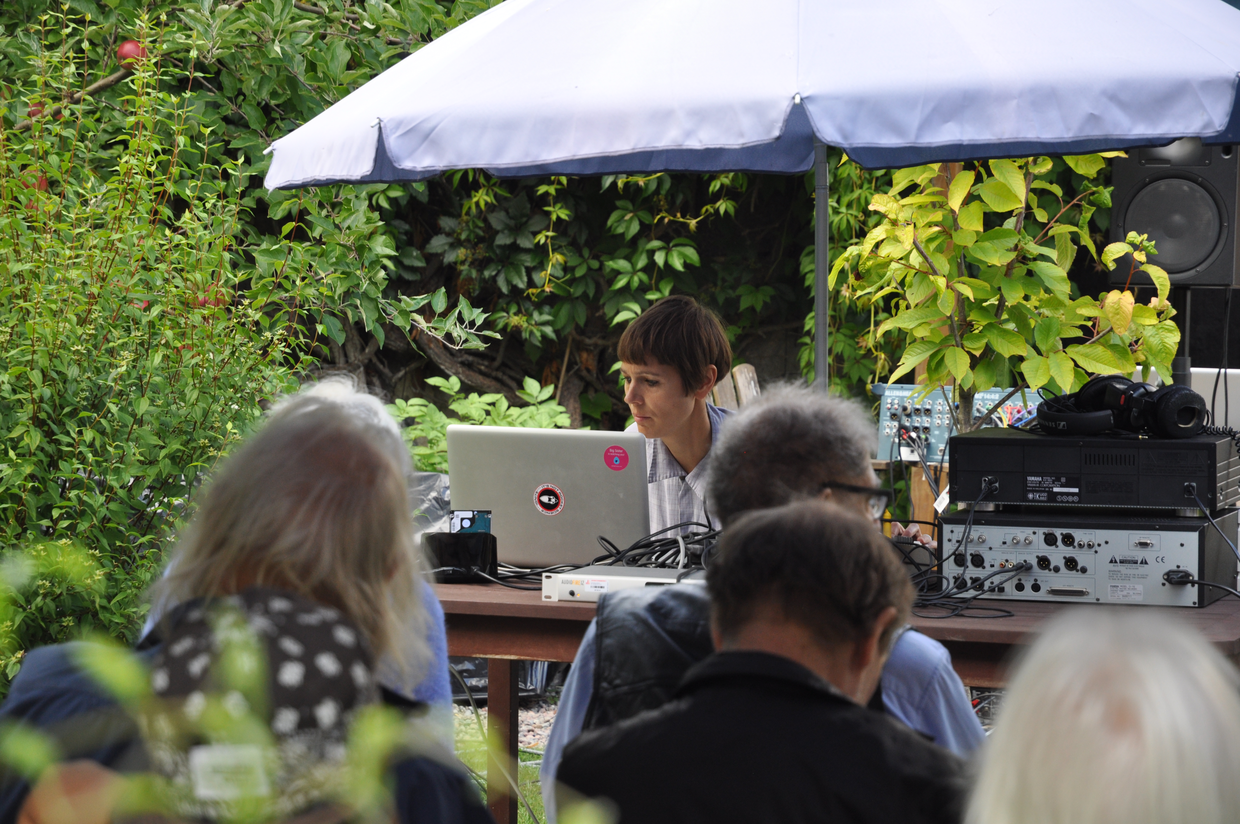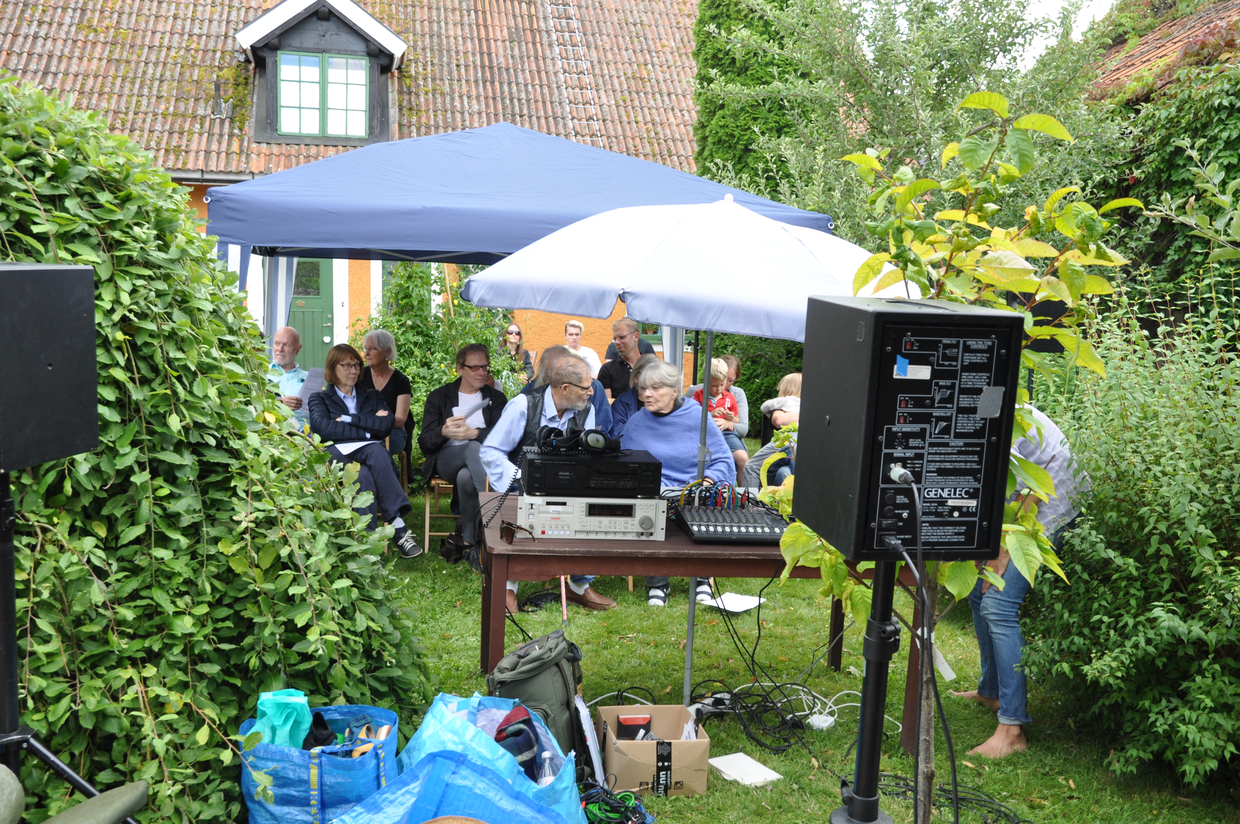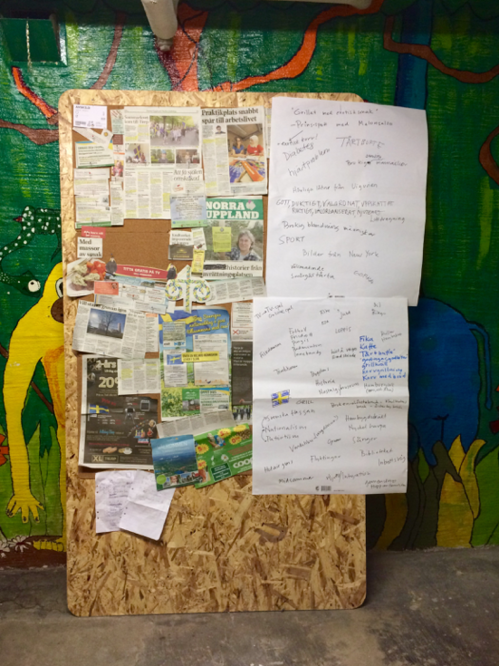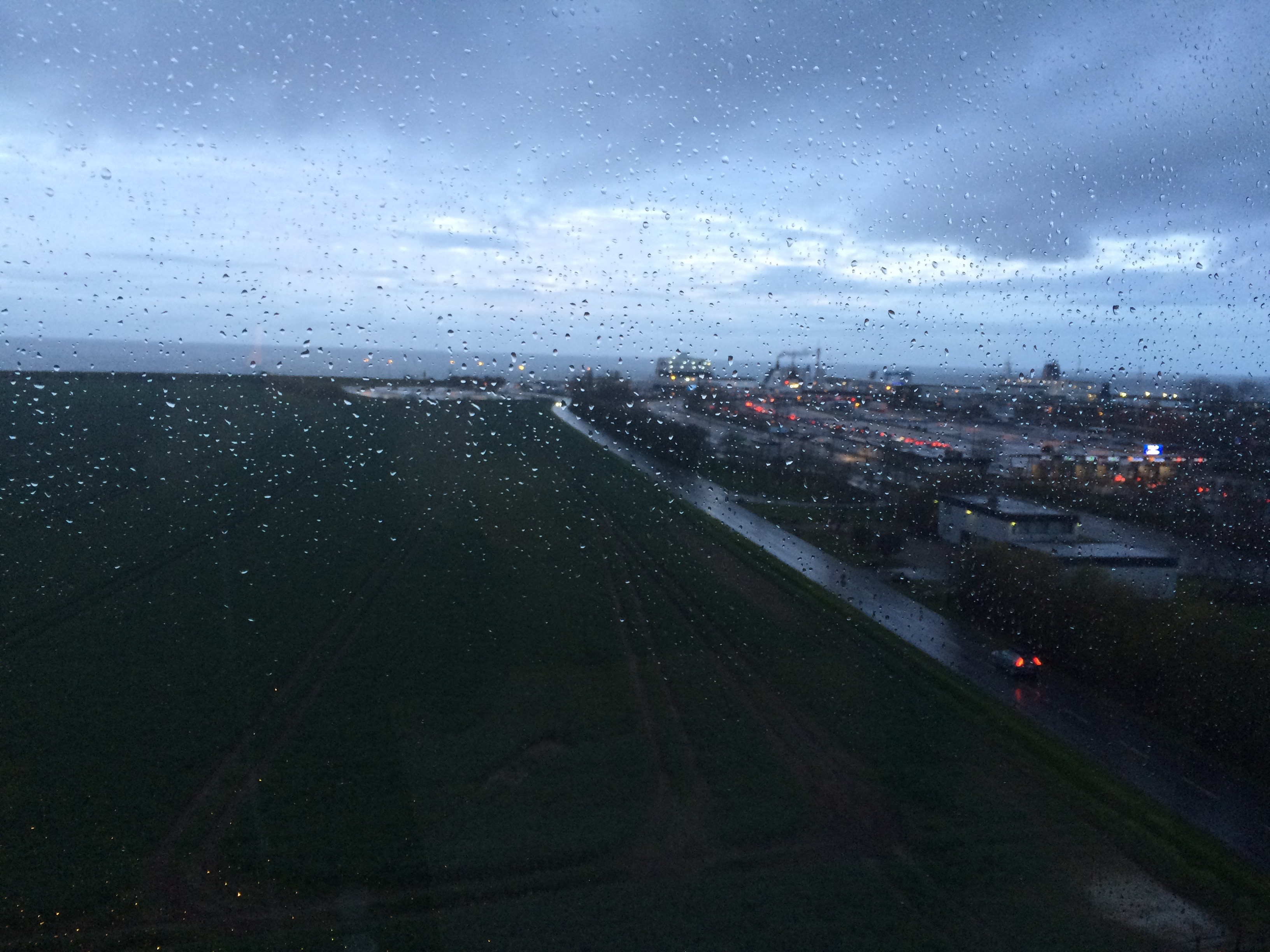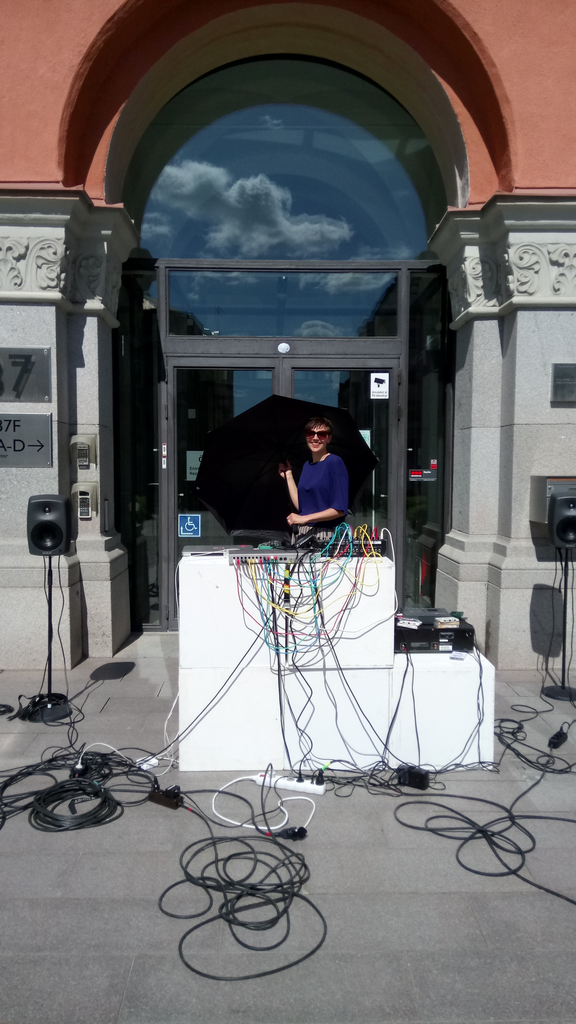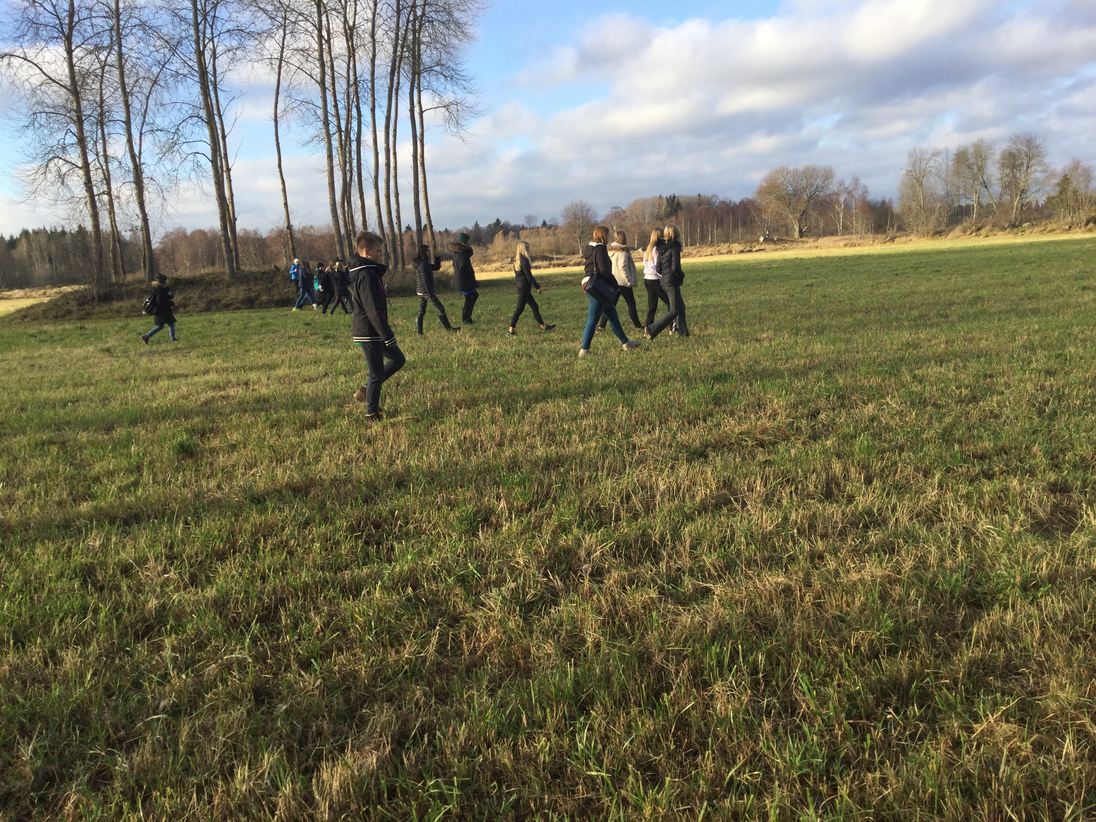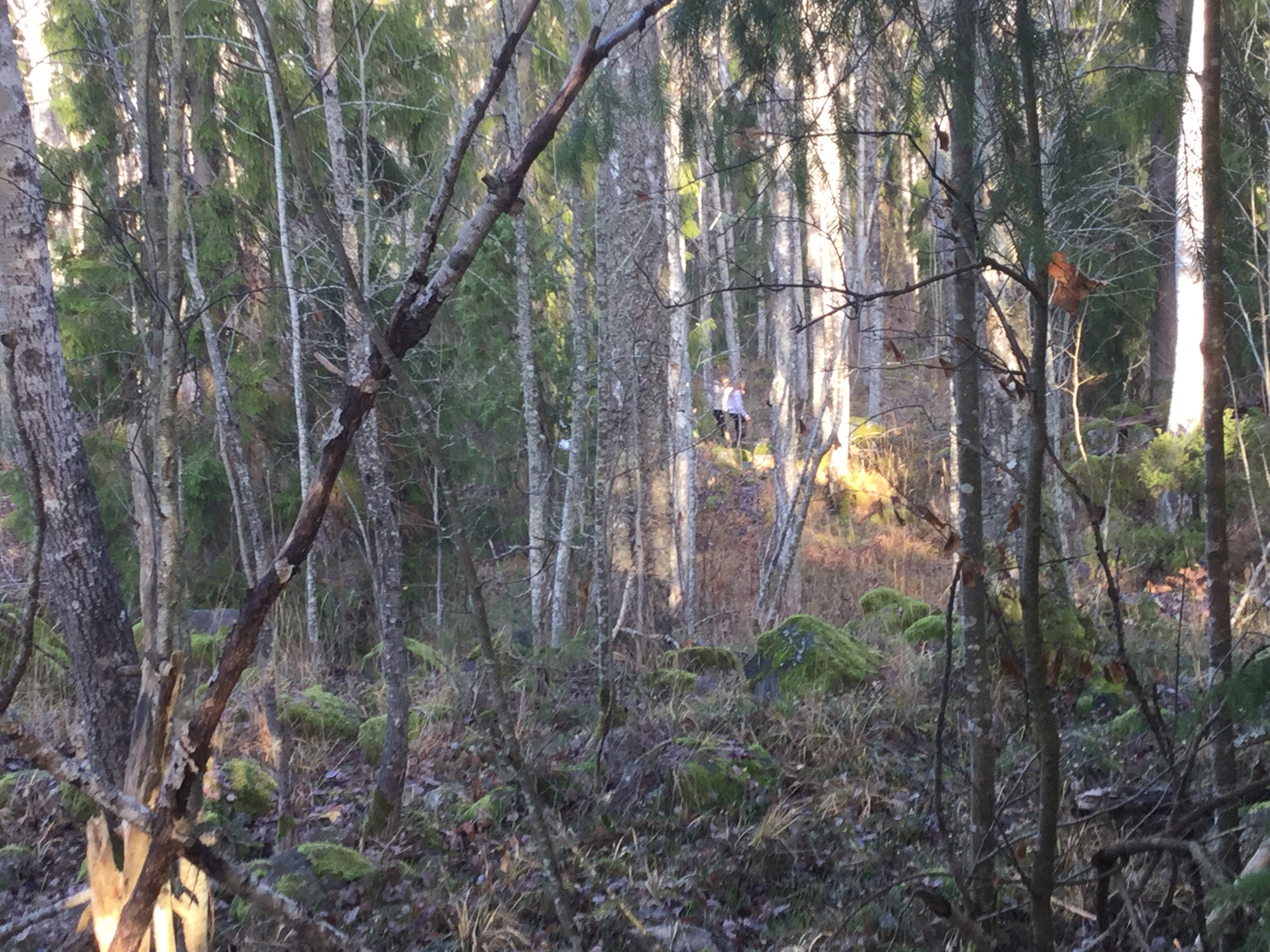During the process of this project, I have learnt a lot that have altered my perception of what fragmenturgy is and what it can do.
For one, fragmenturgy is not primarily a dj-method that must be performed in front of an audience (I spent a lot of time doing this).
Fragmenturgy is a live process and a state of mind – the method can be applied to all sound production or by anyone prepared to listen un-sculpted sound, without the restriction of a set narrative.
Fragmenturgy can occur in a live flow in a field, a classroom, a studio – or elsewhere.
However, the most powerful qualities of fragmenturgy appears to be as a tool for socio-cultural intervention. The method offers us the opportunity to re-listen, re-imagine and even
re-imagineer our familiar soundscape – through our own interaction:
familiar – de-familiar – re-familiar
From this aspect, the challenge of fragmenturgy practice might primarily be a mental one as it intertwines the challenges of both socio-cultural and sonic values, at the same time.
This important shift regarding my own transformative understanding of what fragmenturgy can be and what it can do has followed me during the whole project and as I move forward.
Dj-ing
In the beginning I focused a lot on performing the Lost and Found project (LOF) live in front of an audience.
The setup meant that all of the "lost and found" sound scraps on digital audio tapes (DAT), cassettes and hard drives as well as visual scraps, were randomly layered into the set via eight to sixteen live channels – at the same time. This was a very stressful operation as I constantly lost control over the load in front of an expecting audience. I soon found myself starting to follow regularities and patterns "that worked" – which kind of defeated the object of fragmenturgy as most of the energy and focus now went into the "performance" and "the performing" – rather than exploring the capacity of the method itself. Looking back, this first stage would probably have been better spent alone in my studio simply documenting as many sound flows as possible, through a simple line-out...
Collaboration
Towards the end of 2017 I considered the project finished. However, in 2018 I started to reconsider the possibilities of fragmenturgy as a more powerful, collaborative tool when visting Prästmon outside the small town Kramfors during a Deep Listening (see ref) course at Hola independent college.
The rural area around Prästmon has a lot of abandoned homes as people have left the rural area as it has gradually been stripped of work opportunities and local aminities. Prästmon is one of many villages in Sweden that have suffered hard from urbanisation and centralised politics.
In this context fragmenturgy acted as a tool to re-sound the forgotten space in one of the derrelict house. All performers used sounds relating to memories and futures of space. In my case this consisted of field recordings, strictly from the house.
The Lost and Found project: HOME
Extract from LOF work logg, June 17th, 2016.
"Today I am picking out the newspaper clippings I have collected so far – a random selection of headlines and articles mainly out of Norra Uppland, the local paper. Pinning them on a board in my basement I am surprised of the strong visual message and patriotic connotations. There are Swedish flags in abondance, traditional music and dance and historic nostalgia mixed with ads for DIY, different charities and integration oportunities – involving a lot of coffee drinking for asylum seekers. The recipe section involves a lot of great attempts from the food writer to introduce some new, fun foods.
There is a certain barbecue recipe that stands out:
"Grill med exotisk smak: Prins-spett med Melonsalsa."
Somehow this dish sums up what the tentative and ambivalent climate of integration and change here: Wellknown authentic food for everyone(prinskorv) with a tiny quirky flavour of the unknown (melonsalsa)."
The problem with themes
Extract from LOF work logg April, 5th, 2016.
Before I started working on this project I approached a few colleagues for advice. I wanted to hear their views on using "a set narrative" or "a theme" in their projects, when faced by the expectation of
delivering a "great performance".
– How can the artist remain free in a live improvisation, without getting trapped in tried & tested themes and formulas? I asked.
Some people, with a lot more substantial experience in live performance than myself, found it hard to relate to the question and grasp my problem.
– Failure is of course part of every real improvisation, they shuddered.
I was not entirely happy with this answer – as it simplifies the dilemma.
I find it a little naive, and very hard to believe, that even the most rugged live performer, is a solid 100% comfortable with failure.
When working with The Lost and Found project I wanted to test a formula that I realised highlighted my own insecurities of improvisation. It was therefore surprising that some artists denied such pressure even existed.
Nevertheless, one advice that stayed with me, was the advice of Jean-Louis Huhta.
He is probably one of Swedens most notorious live musicians and experimental composers operating in various fields ranging from electronic music to noise to sound art.
– When I improvise live I always start of with a type of intro which is not improvised, like a prelude. I do this for me – to know what direction the set is heading, Huhta explained.
What is interesting and revealing in Huhtas answer is the relation between safety and freedom. It incites that with a theme Huhta feels reassured and safe and consequently free to do what he wants. The theme makes it possible to trust himself – as the performance is no longer randomly – but through magic logically – constructed according to a, by himself, given narrative.
Limitless practice
The artist and musician Jean Louis Huhta uses the theme to ”get into the right vibe” when playing live.
I call it contextual direction but it can of course be a lot more abstract and emotionally based.
The audience grab it to paste together a narrative.
It is all the same, really.
Although, I accept our undeniable, mutual need of a theme. I cannot help feeling like it is cheating in relation to the Lost and found project.
How can we even begin to find new narratives when we already know in which direction we are heading?
Without a theme we are apparantly all totally lost. And… being totally lost is not only really scary but apparantly neither desirable.
When not even the performer herself knows what she is doing, the situation becomes embarassingly uncomfortable, also for the audience.
Being placed in the hands of a loose canon – totally out of control and prediction – can momentarily – face it – be very scary.
Still… is it not right there? In that uncomfortable, unsafe, but totally free, space, we need to be, if the aim is to further investigate art practice?
”The statement where it all ends and begins again is a truly wellknown maxim. While life itself is messy and illogical, full of contradictions and dead ends and provides hardly any answers, a narrative has to make sense. No matter how non-linear or experimental it claims to be – a narrative must make sense. There is a sense of an overall comprehension that is mesured in terms of ”what is just about enough” – enough, to stand and maintain its inner coherence”, claims Mika Hannula in the anthology Microhistories." (Hannula, 2016)
Interpreting Hannula, it becomes clear that it is pointless using random leftover sound fragments and improvisation, or any other method, to try to come up with new types of narratives. Because there is in fact only one (however wide brimmed)truly universal comprehension of an acceptable narrative.
If there are no other acceptable narratives,outside of this narrative, everything else is nothing and will therefore be translated as nothing, as well as a failure – as it apparantly lacked comprehendable meaning.
Another classic maxim in art and art’s education is:
"Limits (as in limiting themes, limited funds etc) create artistic freedom."
This maxim implies that total freedom, is in fact,limiting the artist’s expression.
I agree, that without any ideas or concepts, total freedom can sometimes result in poor art.
However – it is only when related to the results that limitless practice becomes a problem.
This is becauseits results might be considered useless in comparison to other, more comprehendable, narratives.
Art creation and artistic research is obviously a more manageable operation when equipped with various limits and boundaries and a consistently high success rate.
The question is – how progressive is it?
”Insanity: doing the same thing over and over again
– expecting different results.” Albert Einstein
LOF live outside one of the poshest addresses in Stockholm,Sweden; Linnégatan 87, May, 2017.
Adding layers of birds recorded at Tierp hembygdspark and soundscapes from Heliopolis favela in Sao Paulo, Brazil.
Experiment
In 2018, I started the sound project "Mitt Örbyhus"(My Örbyhus)in collaboration with class 6B and their teacher Lena Öman at the local school in Örbyhus, a rural village in Upland, where I also live myself.
"Mitt Örbyhus" is a sound experiment where the concept of fragmenturgy is tested in relation to re-imagineering the "home" as a socio-cultural environment through the exploration of sound.
